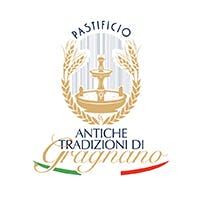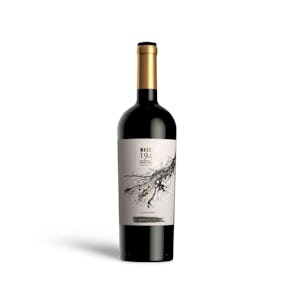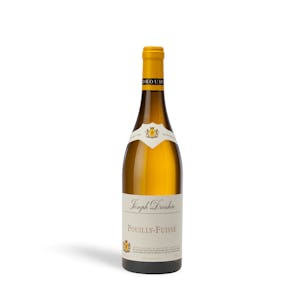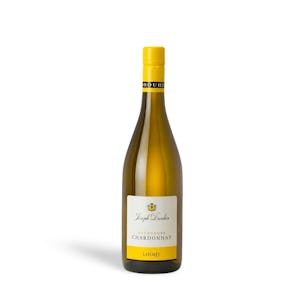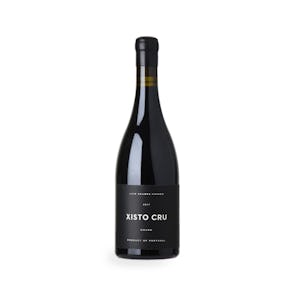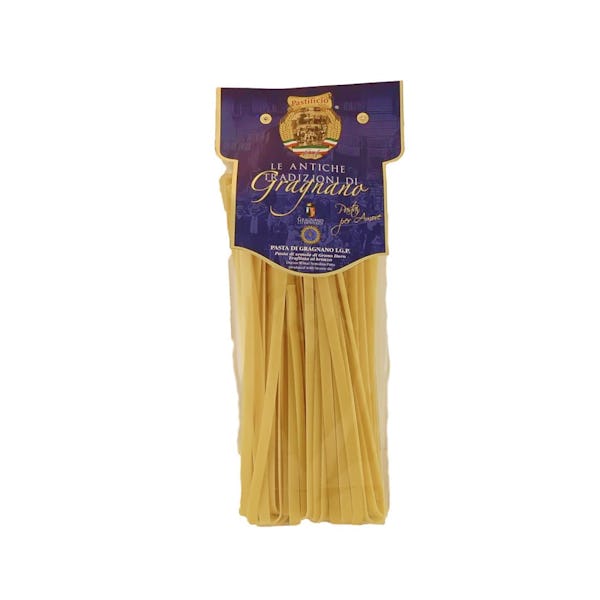
TASTING NOTES FROM THE CURATOR
Tagliatelle is a traditional pasta of North and Central Italy. It is made by rolling dough into thin sheets and cutting (“tagliare” in Italian) the ribbons from them by hand into a width between 6 to 8 mm. Originally, it was only made as an egg pasta, but durum variants are now available.
This pasta comes in green and yellow variants, and Pasticio Antiche Tradizioni di Gragnano—a family-owned pasta company from Gragnano in Campania—creates the latter. This pasta is rougher in texture and more porous than most others, making it ideal for soaking up sauces.
PREPARATION OR PAIRINGS
Contrary to popular believe, tagliatelle—not spaghetti—is the traditional pasta for Bolognese. The sauce originated in Bologna, where they call the dish tagliatelle al ragu, not spaghetti bolognese. Some other popular recipes are pasta with pancetta and fresh peas, cinnamon-spiced pork ragu, or for the mushroom lovers, a Tuscan tagliatelle al funghi porcini. We recommend our Sylva Dried Porcini Mushrooms for this dish!
A TOAST TO THE BRIDE
Many Italian pastas have practical or fantastical origins, and tagliatelle is one of the latter. In 1487, Giovanni II of Bentivoglio, Lord of Bologna, hosted a banquet for Lucrezia Borgia, daughter of Pope Alexander VI. The celebrated madonna was on her way to Ferrara to marry Duke Alfonso D’Este, and Bentigvolio wanted to do something special in her honor. It’s said that his chef, Maestro Zefirano invented a new kind of pasta by cutting the classic lasagna into long, thin strips reminiscent of the bride-to-be’s legendary blonde hair. And thus, tagliatelle was born!
Storage Instructions
Store dry, uncooked pasta in a cool, dry pantry for up to one year. Preserve freshness by storing dry pasta in an air-tight box or container. Store plain (no sauce or other ingredients) cooked pasta in a container or plastic sealable bag in the refrigerator for up to five days and up to three months in the freezer.

